

We all know that reading opens the door to all learning. A child who reads a lot will become a good reader. A good reader will be able to read challenging material. A child who reads challenging material is a child who will learn. The more a child learns, the more a child wants to find out.
It is therefore vital that your child finds learning to read and write a rewarding and successful experience.
Here at St Mary’s School we use the lively synthetic phonics programme ‘Read, Write, Inc. Phonics’ to ensure we get our children reading and writing quickly. Our aim is for our children to be able to read with accuracy and confidence, and above all to love reading.


We have designed our early reading curriculum with the intent that all children, regardless of background, will become fluent, insightful readers. We strive to teach children to read accurately and fluently with good comprehension, as well as develop the habit of reading widely and often, for both pleasure and information. These essential skills not only unlock doors to the rest of the curriculum, but also have a huge impact on children’s self-esteem and future life experiences. We understand that parents and carers play a vital role in the development of early reading and in nurturing positive habits and attitudes towards reading. We welcome this and their contribution.
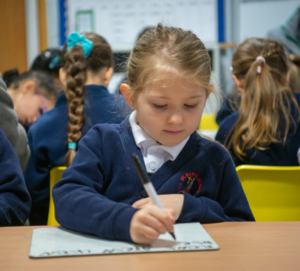
When using RWI to read the children will:
- Learn that sounds are represented by written letters
- Learn 44 sounds and the corresponding letter/letter groups using simple picture prompts
- Learn how to blend sounds
- Learn to read using Fred Talk
- Read lively stories featuring words they have learned to sound out
- Show that they comprehend the stories by answering questions
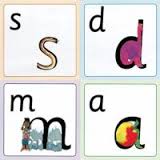

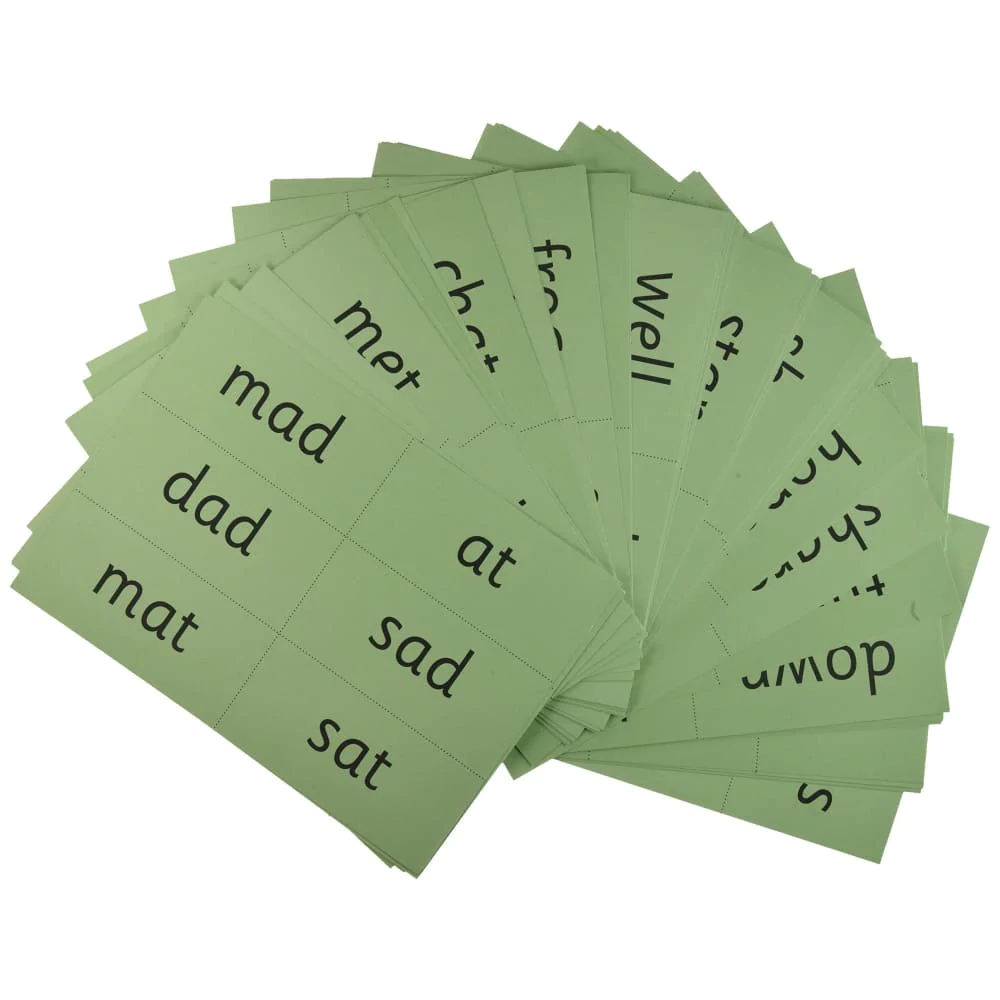
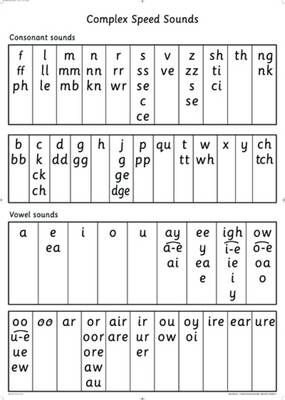
What is Fred Talk?
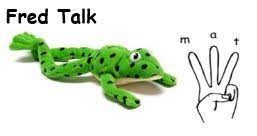
If your child’s school is using Read Write Inc. Phonics, teachers will introduce your child to a toy frog called Fred once he or she is ready to start reading words.
Fred can only say the sounds in a word and needs your child to help him read the word. Fred will say the sounds and children will work out the word. For example, Fred will say the sounds c–a–t, and children will say the word cat. This is Fred Talk: sounding out the word.
It is really important to say the sounds clearly to help your child learn them. We say ‘mmmm’ not ‘muh’ and ‘lllll’ not ‘luh’ when teaching the sounds. This really helps children when they learn to blend sounds together to read words.
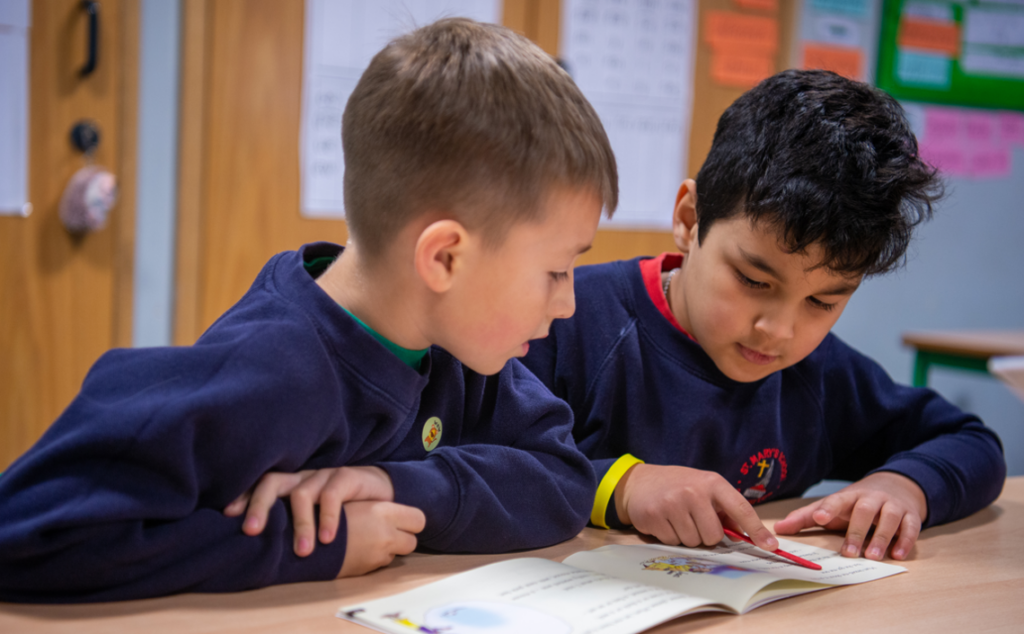

Reading for pleasure

